If you are thinking of performing live on-stage (which at some point you’d probably be doing in your music career), you’ll need a microphone that can handle on-stage vocals.
For live vocals, the general advice is to go for super cardioid condenser mics (for clean, detailed and crisp sounding vocals), or a dynamic mic if you are recording louder vocals (such as those for heavy metal and rock).
For me personally, I’d usually go for cardioid condenser mics such as the Sennheiser e865s or Rode M1 which are the “tried and tested” options. These mics have been around for a long time and are used by professional musicians.
What type of mic should you get for live performances?
The general rule for recording lead vocals on stage is to get a supercardioid or hypercardioid dynamic mic with good feedback rejection.
Dynamic mics are preferred as they are less sensitive won’t pick up background instrumental sounds if you are playing in a band (for example, drums from behind). The super-cardioid / hyper-cardioid polar pattern will help to eliminate off-axis sounds coming from drums and instruments. This helps in voice projection and clarity.
If you are singing loud vocals or doing a lot of screaming, a super cardioid dynamic mic with high gain before feedback is usually the preferred option to minimize distracting pickup.
With that said, if you are performing solo on stage with only an acoustic guitar, a condenser mic can bring out the natural details in your voice with better clarity.
The Best Microphones for Live Vocals
1. Sennheiser e865 Vocal Condenser Mic
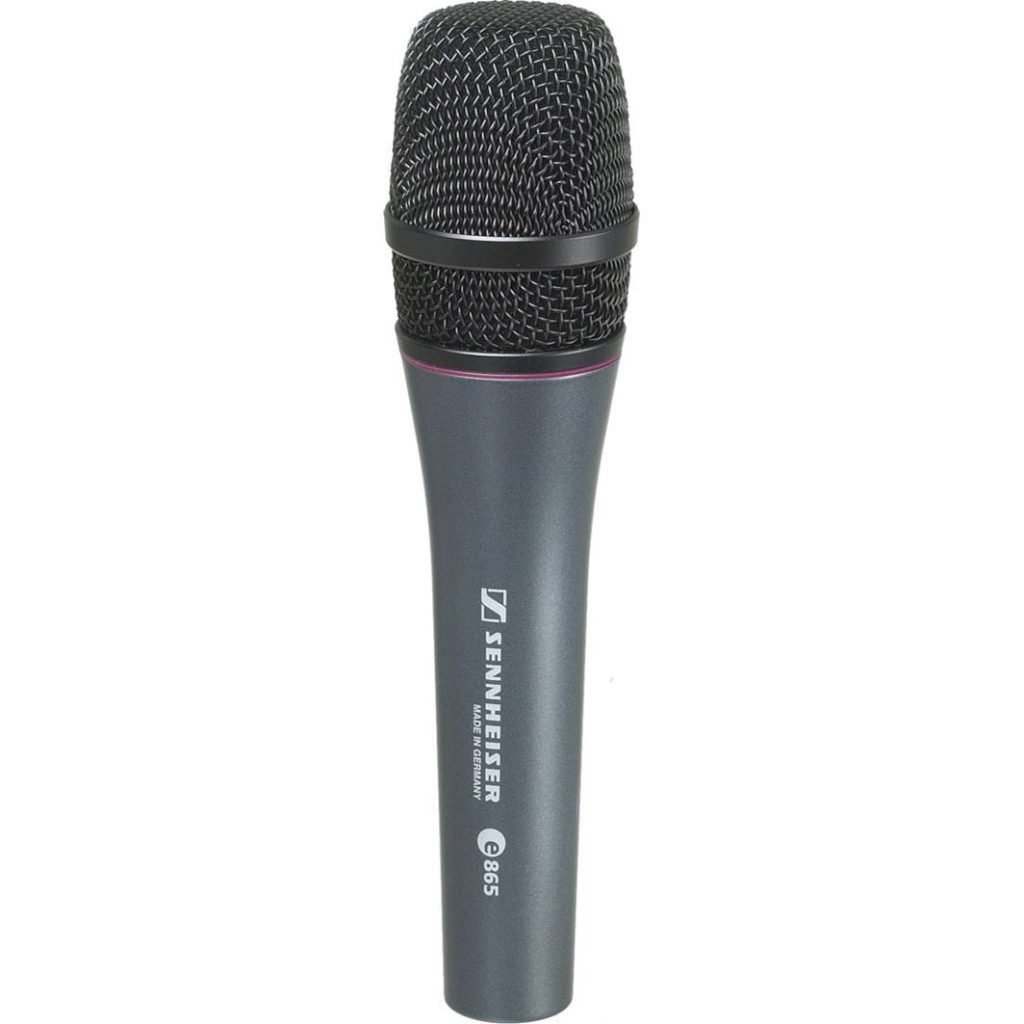
The classic favorite for recording live vocals…
The Sennheiser e865 is hands own the crème da la crème of high performance microphones built for live performances. They sound much better than the Shure SM58 mics (which is what most beginners use when they start out), and delivers so much more for the performer on stage.
The e865 mics deliver superb clarity, realism and maintain high stage monitor levels without feedback, capturing the natural sound tone of the performer without being distracted by technical considerations.
For both the technician and the performer, the E865 also features a minimal proximity effect, meaning that regardless of how close you sing towards the mic, the equalization of sound remains consistent.
Of all the Sennheiser mics we have tested for live vocals, nothing beats the sound quality of the E865. It sounds silky smooth and warm, and rejects off-center sound better than anything else we have tried.
This is the ideal mic that makes great live recordings with no problems with feedback – making them superb for live performances and on-stage singing. Do note that this is a condenser mic, and does require 48V phantom power.
The bottom line is that the E865 mic is one of the best live performance mic we have ever used for vocals – you’ll be hard pressed to find something better than the E865s.
Check them out here:
Up next…
2. AKG D5 Vocal Dynamic Mic
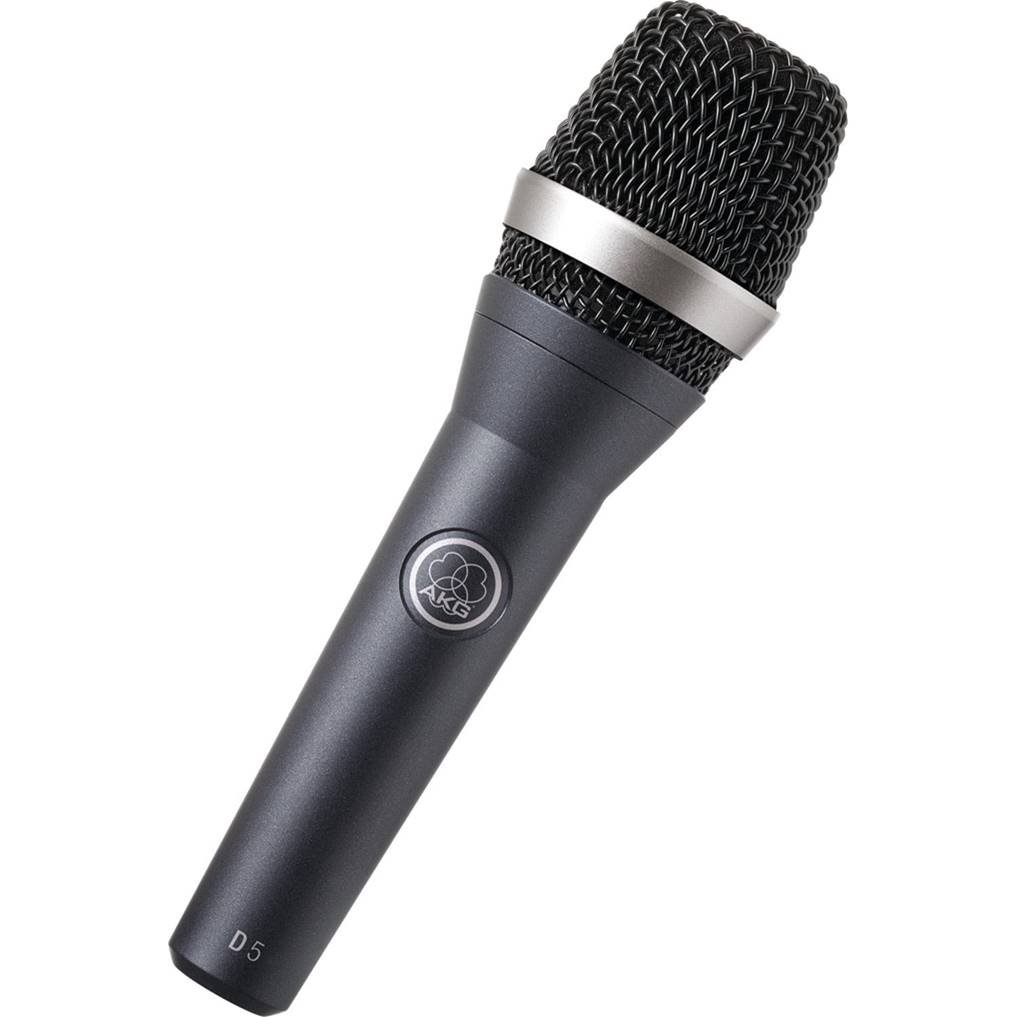
The best alternative to the Shure SM-58 and Beta-58 mics…
Built specifically for lead and backing vocals, the AKG D5 has a very similar voice quality to the SM-58 and Beta-58, and is a great alternative to these Shure mics and works well with baritone voice tones.
Compared with the traditional “Shure” mics, the D5 picks up higher frequencies much better than the SM58, and is very sensitive to its polarity pattern. This means that you have to speak directly into it as it rejects noise from all sides – making them great for live performances and live on stage vocals.
For vocal performances, the D5 has much to offer compared to other mics in a similar price point. It has an excellent SPL level at 149dB at 1% THD and 152 dB at 3% THD. This means that you can sing really close to the mic and have no distortion singing powerful notes.
The build quality of the D5 mic is excellent. It has a solid mesh grille that is built to last, and has dual shock absorbers inside which eliminate handling noise.
The AKG D5 mic is great for excluding background noises for on stage performances. It also has a supercardioid polar pattern which ensures maximum gain on feedback, and picks up minimal distractions at the side during live performances.
Overall, the AKG D5 dynamic mic is a superb live vocal microphone that delivers for performers and is a great alternative to the Shure SM-58 and Beta-58s.
Check them out here:
Up next…
3. Rode M1 Live Vocals Dynamic Mic
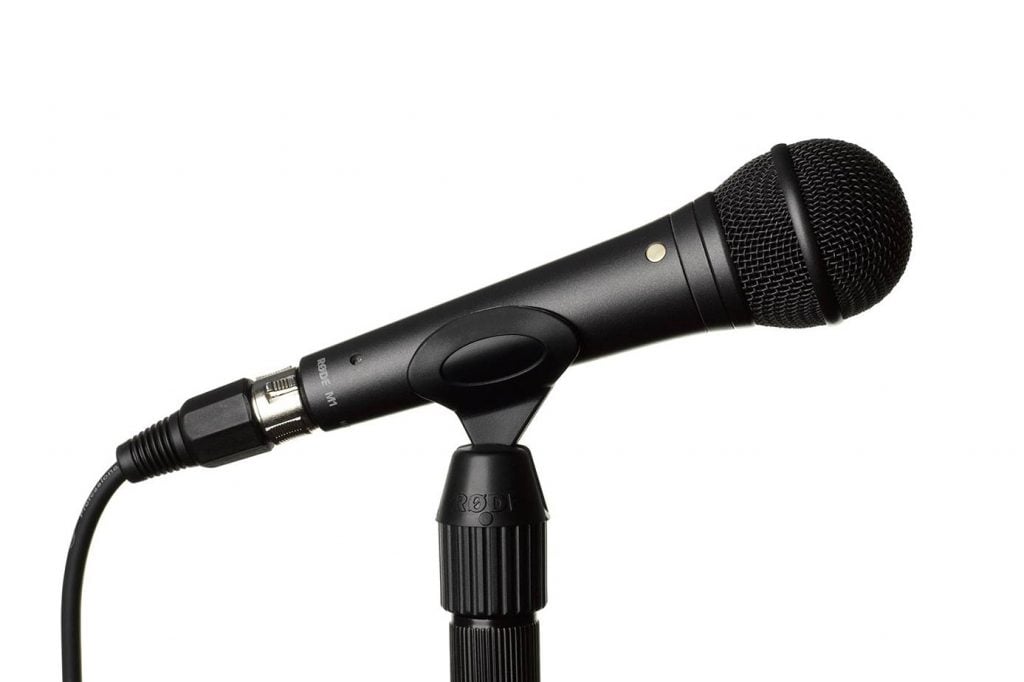
A superb sensitive dynamic vocal microphone for live vocals…
The Rode M1 is one of the best live vocal mic we have tested, delivering crystal clear live dynamic vocals with high dynamic output. The M1 sounds a little different from the Shure SM58s – it is much more sensitive and can pick up your voice even from a foot away. While this could be disadvantageous if you are performing in a large band (where it would pick up a drum kit behind you), it’s great for solo performers and vocalists.
One thing that makes the Rode M1 stand out is the level of detail that this mic can capture. Vocals sound as natural as they can get – the mic delivers a full warm response that sounds incredibly defined for a dynamic mic. It also has a smooth character with defined clarity, which is exactly what you’d expect for a live vocal mic.
Not surprisingly, the Rode M1 works really well if you are miking acoustic instruments. Micing an acoustic guitar captures every subtle tone and accentuates the differences in the attack with a pick or fingerstyle. The results are very warm and true to the sound of the guitar.
The M1 has an ergonomic design and feels comfortable as a handheld microphone. It feels almost robust and solid without being too heavy. It has good noise handling and a tightly controlled cardioid polar pattern which minimises spill and feedback.
The cardioid polar pattern does help to block out side noises – although it should be said that the M1s are way more sensitive as compared to other dynamics such as the Shure SM58s.
Overall, the Rode M1s one of the most widely used mic in the industry for live performances – and it’s really hard to go wrong with them.
Check them out here:
Up next…
4. Shure SM58 Dynamic Vocal Mic
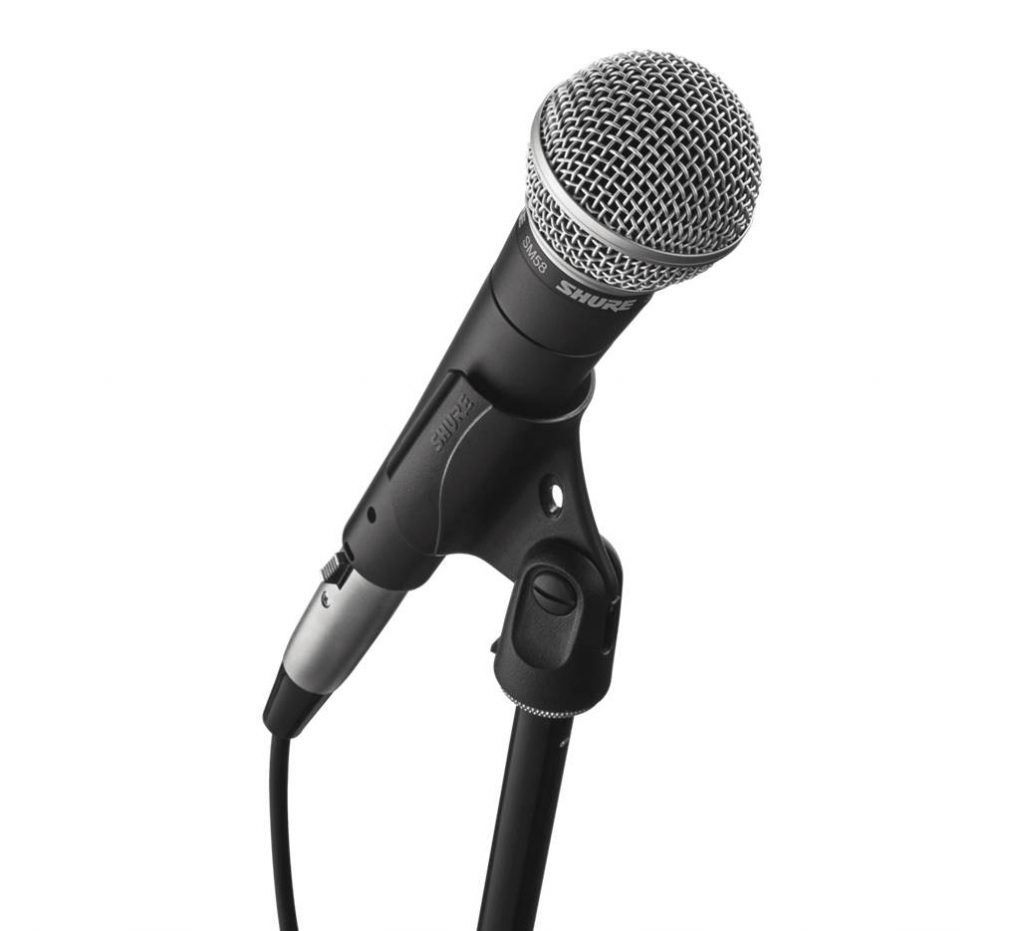
The classic favorite for musicians since the 1950s…
The Shure SM58 needs no further introduction, and has been a classic favorite for all musicians since the 1950s. This mic has been around for a long time, and is the classic go-to mic for band performances and live vocalists. The dynamic range is full and well-balanced; it’s not too bright, and not too dark, while capturing the full range of sound.
The thing about the SM58s is that they are tailor made for capturing vocals (with a little off-axis rejection). The frequency response is tailored for vocals, and has a brightened midrange and nice bass roll-off. It also features a cardioid pickup pattern which isolates the main source and eliminates background noises, so they can be used in bands without picking up the drums from behind.
The SM58s are durable and rugged as you can get with a dynamic mic. You can drop them or even spill water on them and they will still keep on working. It also comes with a pneumatic shock-mount system which cuts down handling noise, and has an effective built-in spherical wind and pop filter to reduce plosive sounds.
This mic also has a steel mesh grille at the top which is ruggedly constructed. Like other dynamic mics, it has a cardioid pickup pattern with good off-axis rejection, and isn’t as sensitive as a condenser but still has pretty good frontal pickup.
Suffice to say, you can’t go wrong with the Shure SM58s. These mics have been around for a long time and you won’t go wrong with these.
Check them out here:
Up next…
5. Audix OM2 Dynamic Vocal Mic
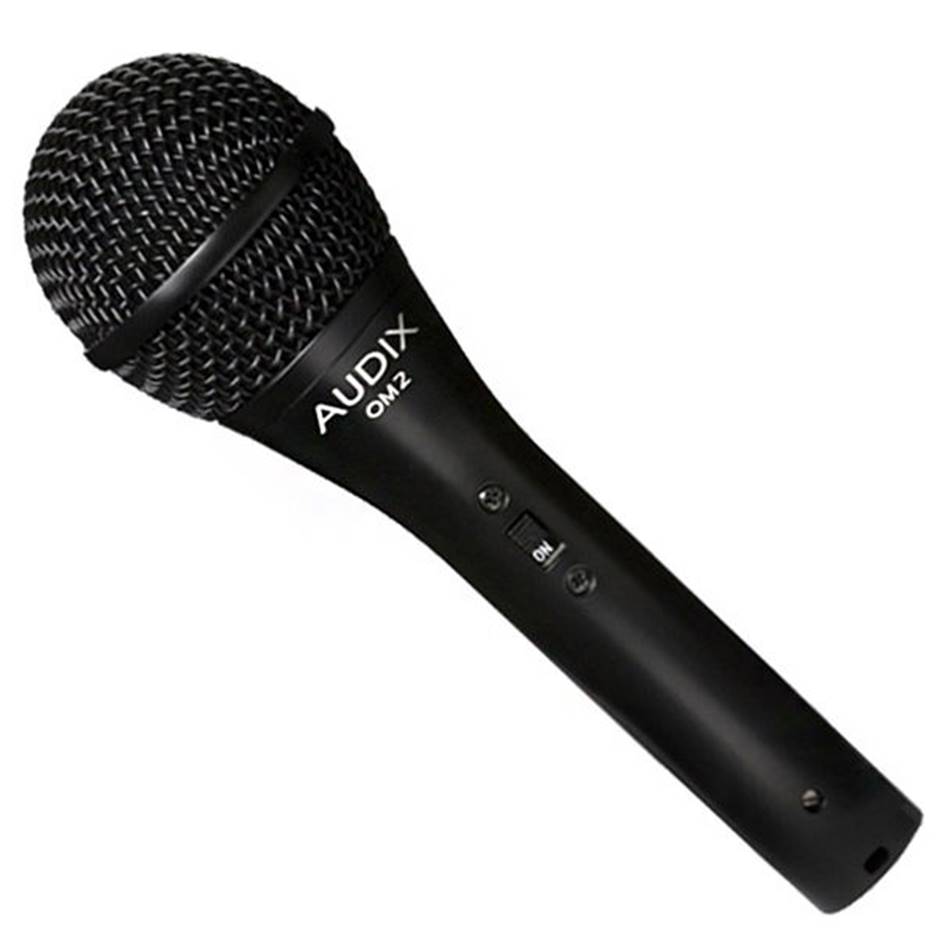
Known for its clear and accurate sound, the OM2 is a great choice for vocalists…
The Audix OM2 is a popular favorite among musicians and vocalists for its clean sound performance. It’s a dynamic handheld vocal mic that has tighter polar patterns which rejects feedback and bleed from the sides, and sounds really crisp and clear.
Compared with something like the Shure SM58s, the biggest difference with the OM2 is the proximity effect. With the OM2, the proximity effect feels mild if you back off 1 inch or more from the mic, and vocals feel less bassy. This mic has a rather tight polar pattern and rejects off-axis sounds comfortably.
While the OM2’s hypercardioid polar pattern is slightly looser than the Audix OM5, it sounds tighter than the Sennheiser e945’s polar pattern. The OM2 is slightly less sensitive than the OM5, which means that you need to turn up the gain on the preamp a little more for the OM2.
The OM2 does reasonably well with sub-bass frequencies, but only has a usable range of up to 16 Hz. Compared with the e945s and OM5, it’s pretty hard to tell the difference in the sound quality of the OM2 (after compensating for the extra gain and singing without any proximity effect).
The Audix OM2 has a really sturdy build quality that rivals that of Shure and Sennheiser models easily. There’s no doubt that you are getting a quality build with this mic at the fraction of the cost.
On stage wise, the Audix OM2 sounds great with a slight bass proximity effect and a tailored mid-range performance, delivering full-bodied vocal performances.
Check them out here:
Up next…
6. Electro-Voice ND86 Dynamic Vocal Mic
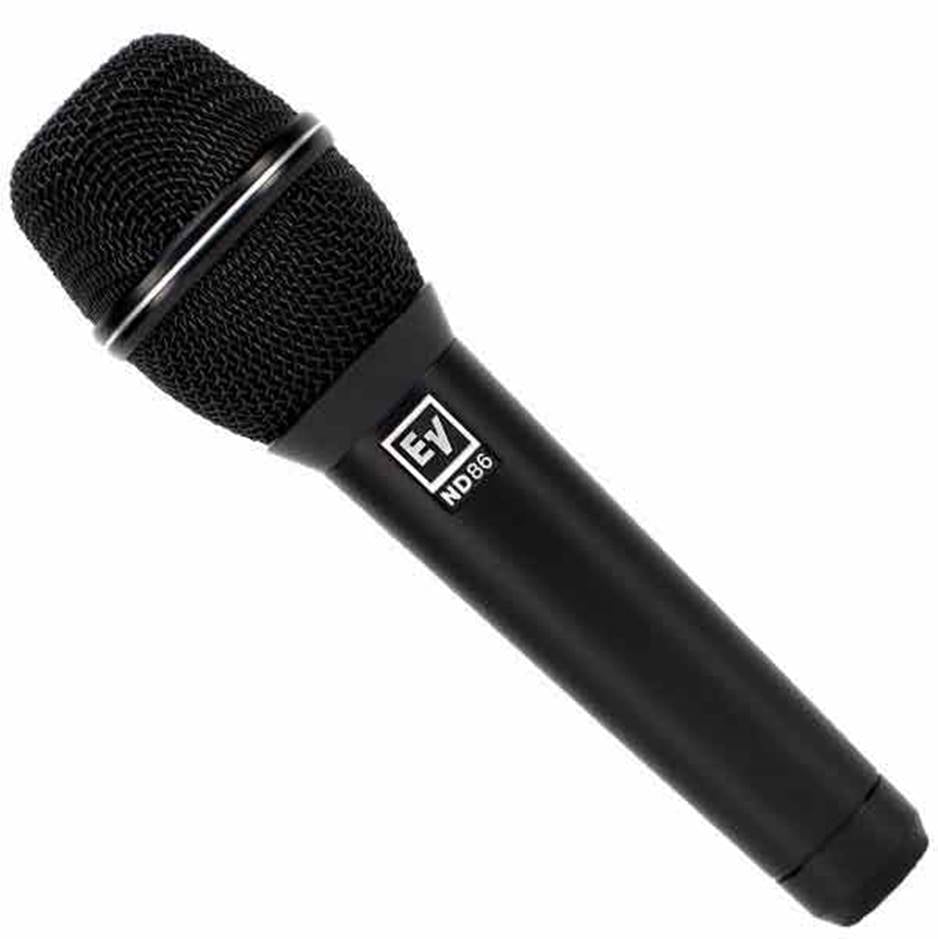
The go-to mic for playing in bands or loud stage environments…
If you play in a band or otherwise loud staging environments, the Electro-voice ND86 is the dynamic vocal mic you should get. This is the classic mic with the highest gain before feedback type of mic – if you compare this mic with the Shures and Sennheisers, the ND86 mics are the last mics to feedback.
It’s not an exaggeration to say that the EV ND86s are the least feedback or most feedback resistant mics we have tested. You get to get right up close towards these mics to be heard, and sound a little deeper ended than a Sennheiser mic.
When these mics do feedback, it’s most likely because a lead vocalist drops the mic to the stage floor too close to the monitors. This is how good the feedback control on the ND86 mic actually is.
These mics work great if you are performing in a live band with loud drumming or noisy environments. Vocals sound fairly bright yet rich enough with good feedback rejection for live use. With that said, the mic is also good enough for studio use on guitar cabs or drums, with a rich and detailed frequency response.
Overall, there’s no doubt that the EV ND86s are high-performance, large-diaphragm supercardioid vocal mics that are designed for live performances with some of the best feedback rejection we’ve ever come across.
Check them out here:
Up next…
7. AKG Pro Audio C5 Condenser Vocal Mic
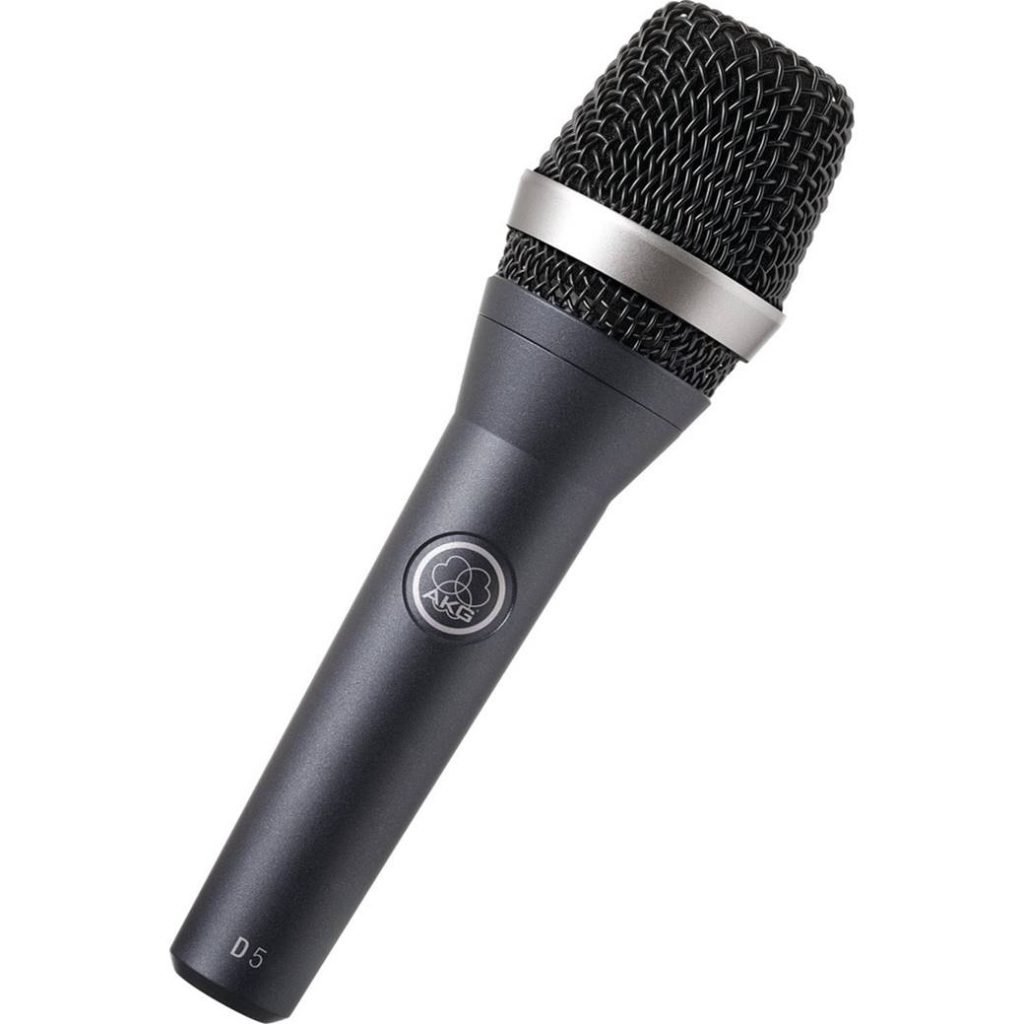
With a brighter sound and much lesser proximity effect than the Shure SM58s, the C5 is great for lead and backing vocals…
The AKG Pro Audio C5 is the go to mic for live leading and backing vocals. It is designed as an cardioid condenser microphone with pretty decent feedback rejection for cleaner sound. It has a nice cardioid polar pattern with good off-axis rejection which provides maximum gain before feedback.
Compared with the SM58, the C5 mic sounds a little brighter and is more sensitive to the proximity effect. It’s great for live performances and allows the vocalist to be closer to the mic which provides more detail in the voice cutting through to the music.
The C5 can reproduce what your voice sounds like with in person with natural tone reproduction. You’ll immediately notice the clarity of your voice with this mic – the mic also features an attachable presence boost adapter which allows you to choose between two sound flavours.
Compared with the SM58s, it’s not as muddy and sounds brighter and clearer. The cardioid polar pickup pattern helps with vocal pickup without any risk of feedback.
For the on-stage performer, the C5 mic provides warm clear sound with great volume output.
Check them out here:
Up next…
8. Beyerdynamic TG-V50 Dynamic Cardioid Mic
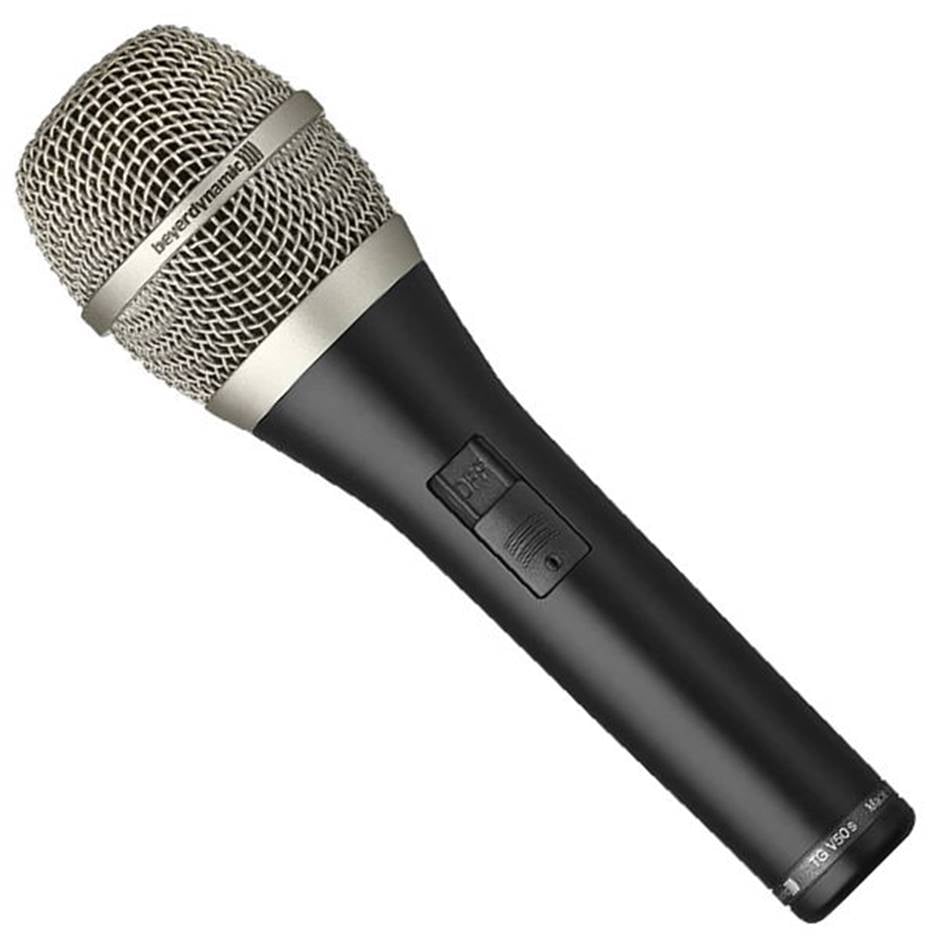
A finely tuned mic that delivers so much more for live vocals…
The Beyerdynamic TG-V50 has been around for a long time, and still remains a classic favorite for live musicians and vocalists. The TG V50D has a cardioid polar pattern and delivers smooth vocals with pretty decent feedback rejection. The sound quality of this mic is absolutely clean and crisp, with balanced highs.
If there’s a mic that excels in terms of sound clarity, it’s the Beyerdynamic TG-V50s. These mics feature a cardioid polar pattern with good feedback rejection, and have rugged construction with excellent transducer isolation. You do not need to be right on top of the mic for it to pick up the sound, and it’s sensitivity feels almost like the SM58s.
In terms of tonal quality, the TG-V50 is slightly cleaner and more “neutral” than the SM58s. The lower end is much more refined, and it delivers improved bass response over the other Beyerdynamic mics that we have tested so far.
The mic also comes with a built-in treble resonator to expand the upper frequency range, deliver crisp highs all round.
Overall, it’s a really solid mic from Beyerdynamic that performs well on stage and for live vocals.
Check them out here:
Up next…
9. MXL CR77 Dynamic Stage Vocal Mic
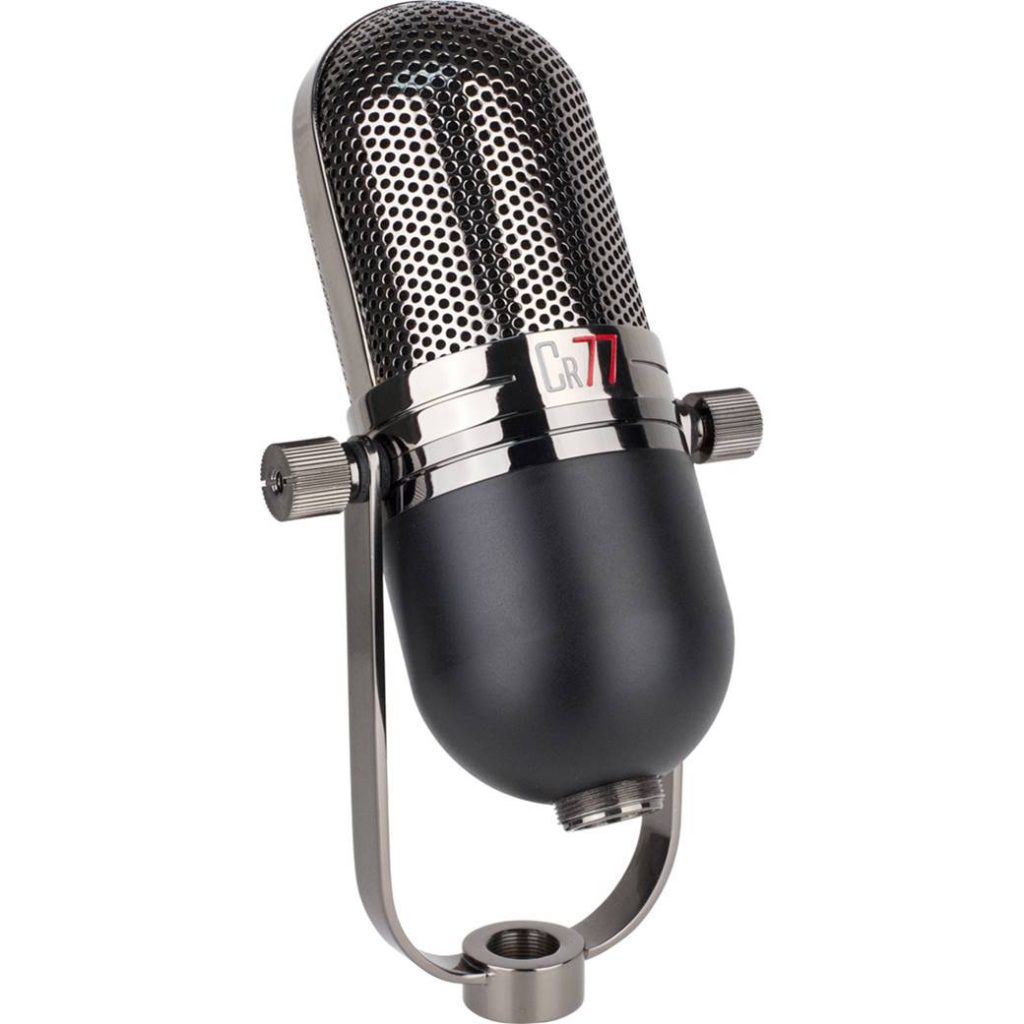
The MXL CR77 is a dynamic stage microphone with a vintage style design and a modern twist. Although this mic is primarily marketed as a stage mic, it does have a nice vintage type sound and you can use it in a home recording studio. The mic is designed as a dynamic and not a condenser, and helps to elevate stage presence with a distinct character.
The CR77 is a very cool looking mic and resembles a vintage RCA 77 DX. The output of this mic is a little lower than the Shure SM58s, but it still works well if you adjust the input attenuator on your mixer.
This mic is a hypercardoid mic which means that you have to be on axis for it to sound good. It also has good gain before feedback when using it with vocals, and elevates the entire singing experience with its distinct character.
The only issue that we had with the MXL CR77 is that the volume is abit on the low side, and we had to manually increase it on amp to get good sound.
Apart from that, we loved the vintage design and feel of the CR77. It has a super rugged construction and an internal windscreen and integrated shock mount. The sleek back and chrome body feels awesome too.
Check them out here:
Up next…
10. Sennheiser E835 Dynamic Cardioid Vocal Mic
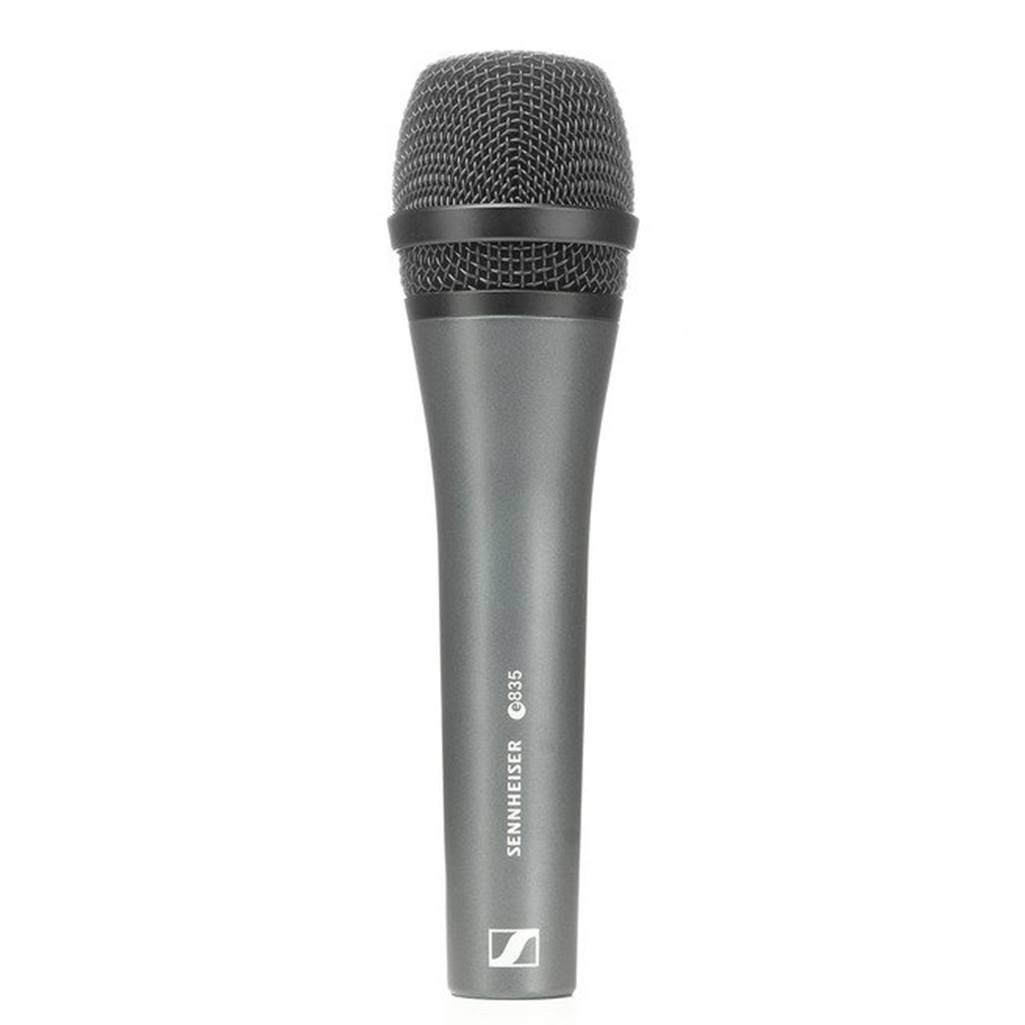
The Sennheiser e835 is the classist standard vocal mic that you’ll find in live on-stage bands and professional studios. It has a clean, clear sound and excellent response, with stellar handling noise rejection, and is forgiving but transparent. They sound much more transparent and forgiving than the Shure SM58. While Shure mics may be great for recording instruments, the Sennheiser e835s are best for live vocals.
Compared with the SM58s, this mic has a much wider frequency response and a smoother EQ curve, which makes them sound more natural. The mic has a louder output than the SM58s, so you don’t need to push your voice as hard to be heard.
Compared with the XM8500, the e835 doesn’t sound boomy or distort when close miking. They do benefit from some EQ adjustments, but does have a natural crisp sound.
Like other dynamic mics, the e835 is designed with minimal proximity effect for consistently clear bass and performance when singing close to or further from the capsule.
It also has a cardioid pick-up pattern which provides good signal isolation and feedback rejection, which is great for live bands and on stage performances.
The mic is sturdy and well-constructed, with a full frame metal construction and internal shock-mount system which minimizes handling noise.
Check them out here:
Next Steps
While dynamic mics may be great for on-stage live performances, condenser mics can make a huge difference if you are recording professionally in a studio or at home.
To learn more about recording with different types of microphones, or the best types of microphones for recording vocals at home, check out these posts:
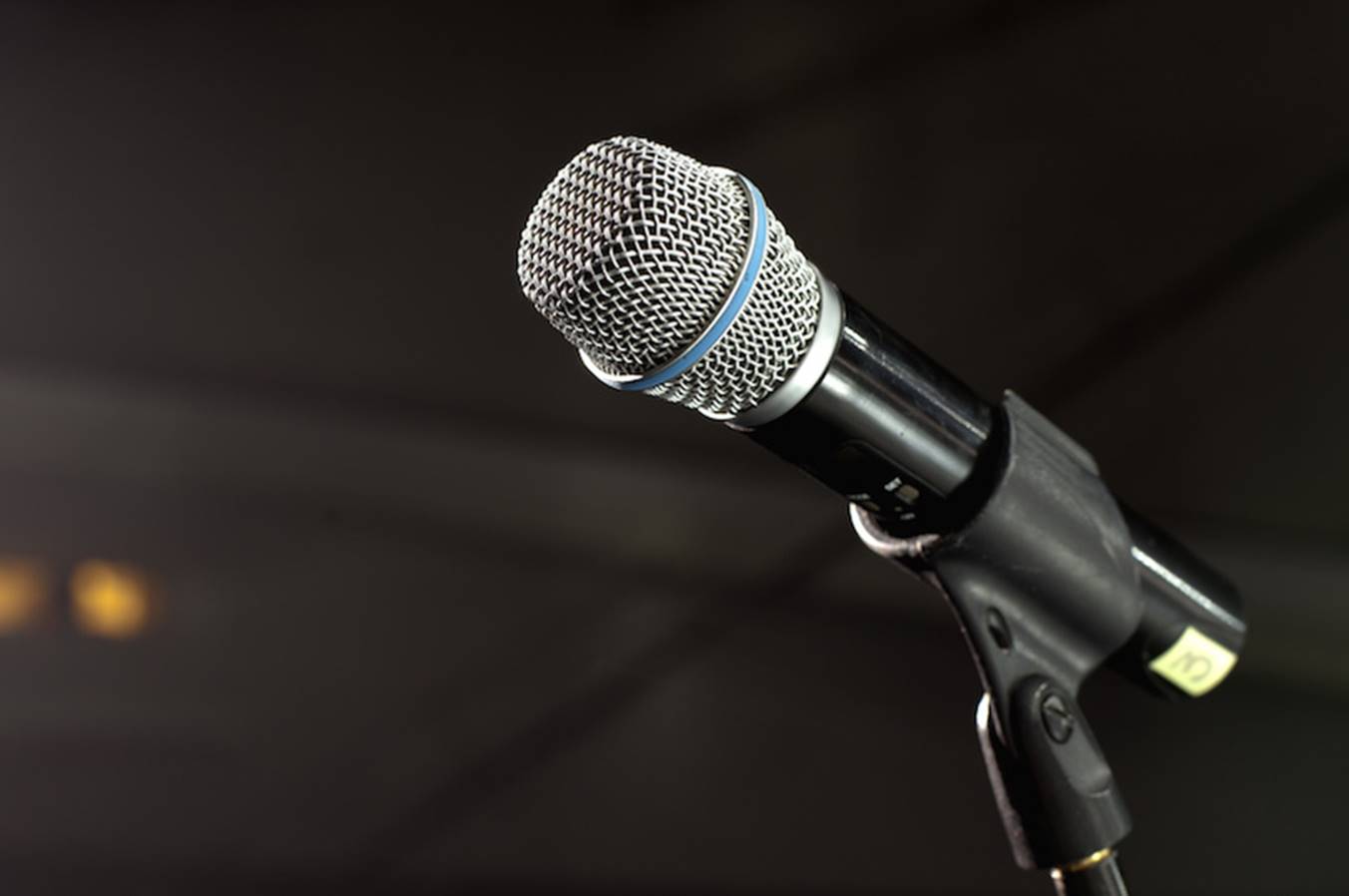
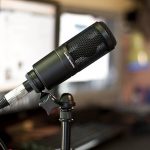
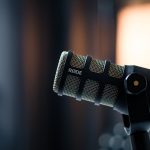
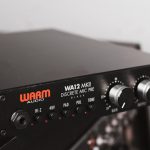
[…] Best Microphones for Live Vocals: The Ultimate Guide […]